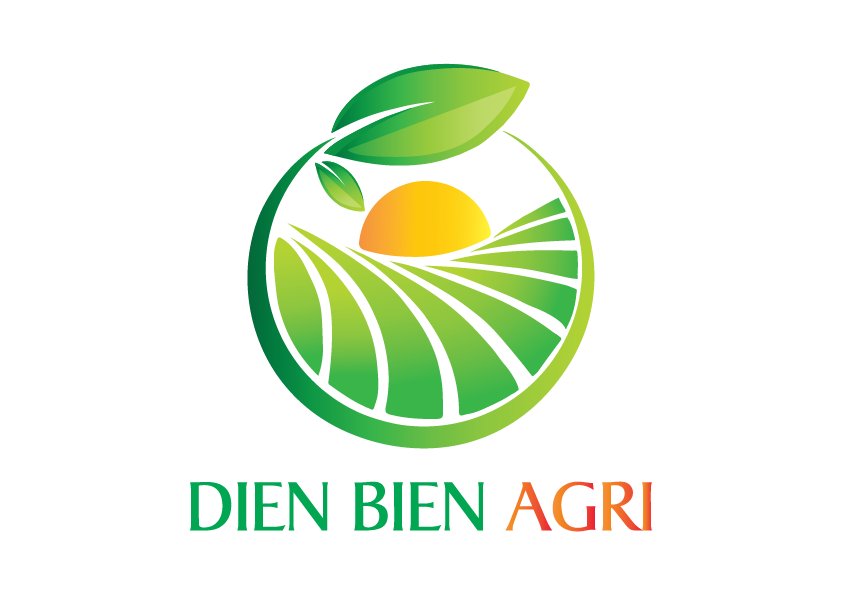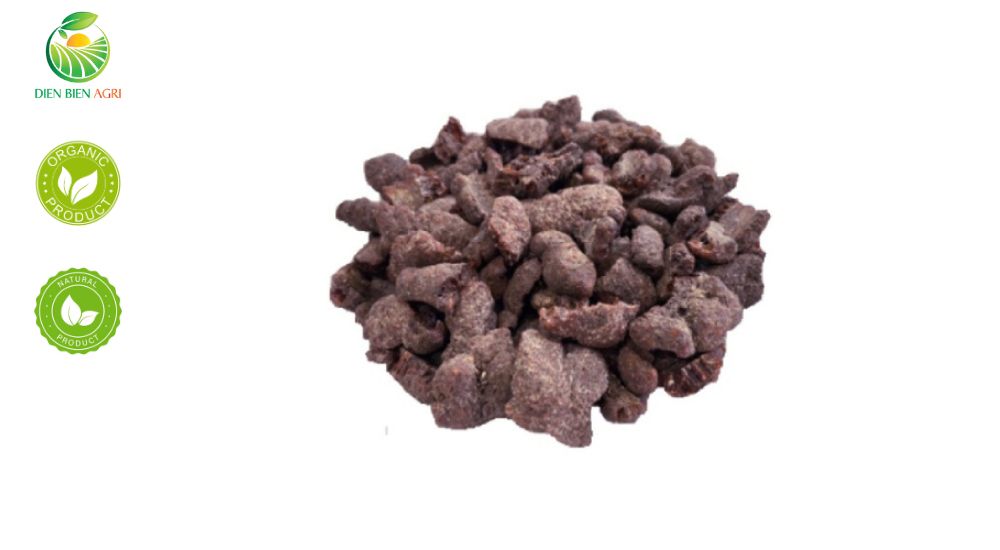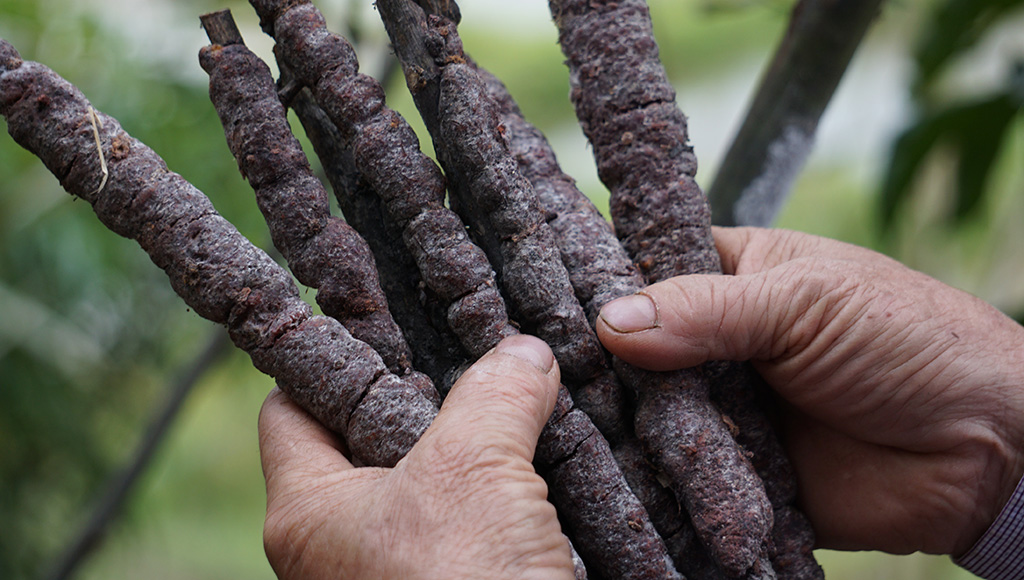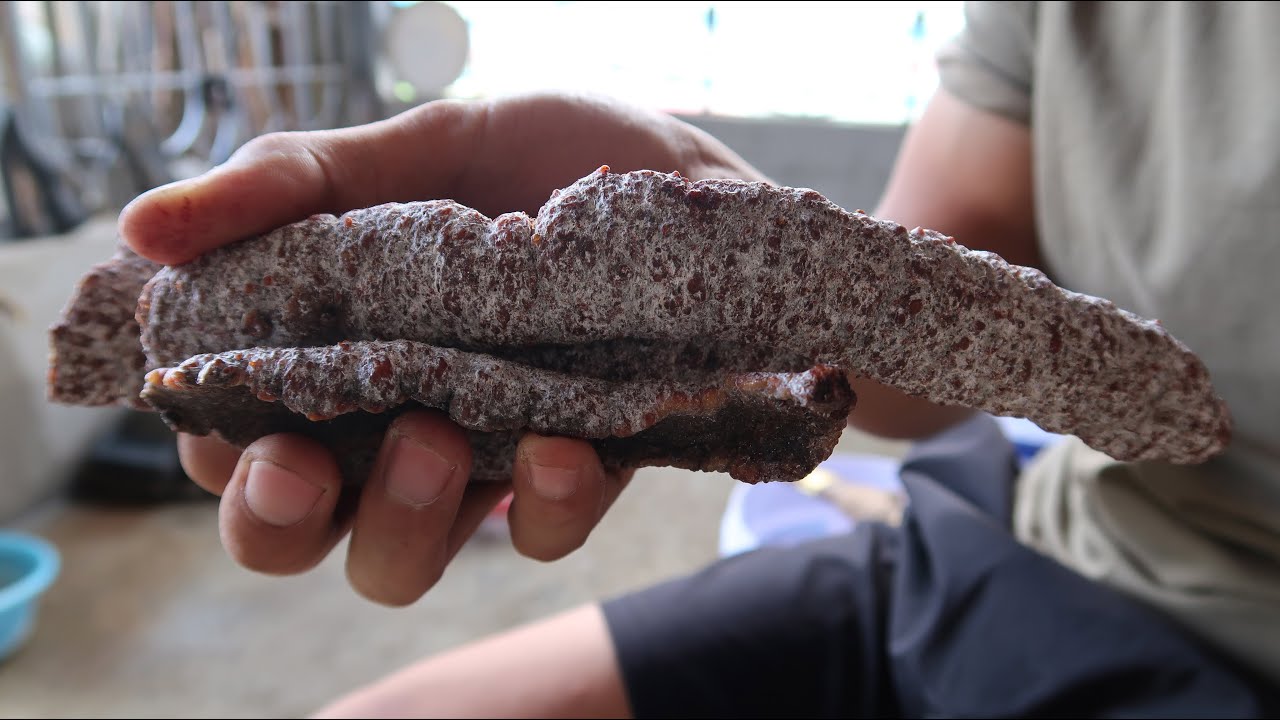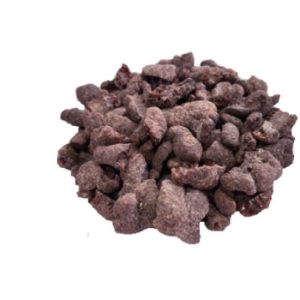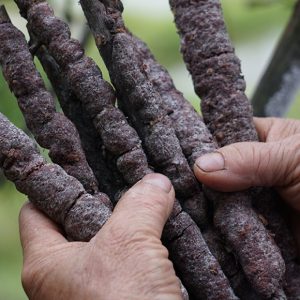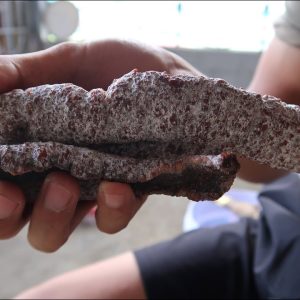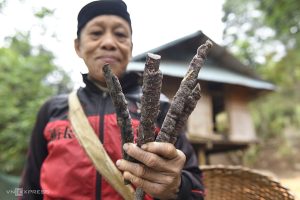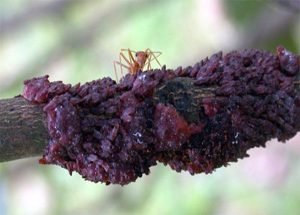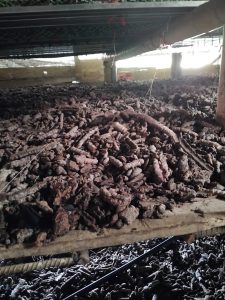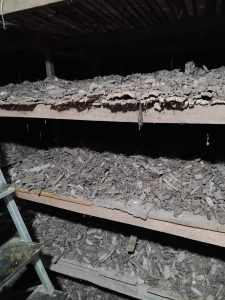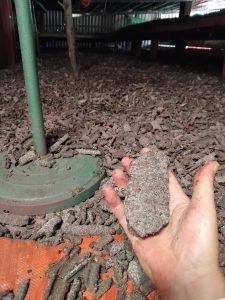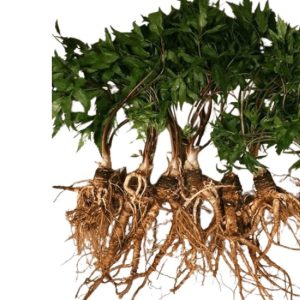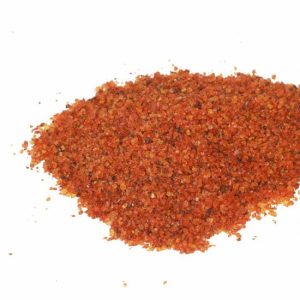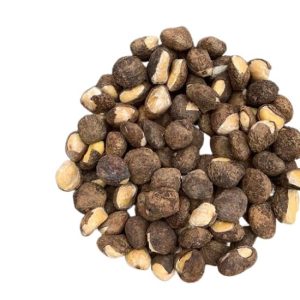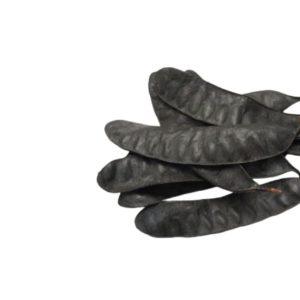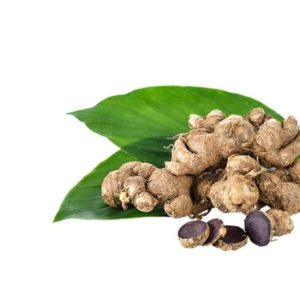Sticklac Resin
7 ₫
Sticklac Resin (Lacca) is a natural red resin secreted by the lac insect Laccifer lacca Kerr., belonging to the family Lacciferidae, during the process of feeding on host trees. This resin is commonly used in industrial applications to produce shellac, as a moisture-resistant coating for tablets, and as a glazing agent for fruits and gummy candies.
Product Description
-
Scientific Name: Laccifer lacca Kerr. – Family: Lacciferidae
-
Origin: Vietnam
-
Moisture Content: Max 3%
-
Impurities: Max 2%
-
Drying Process: Naturally sun-dried
-
Quality Standard: Natural color, free from impurities
-
Packaging: PP + PE bags, carton boxes, or as per customer requirements
-
Annual Supply Capacity: 200 metric tons
-
20′ FCL Container Capacity: Approx. 12 metric tons
For international customers, WhatsApp us at: +84.973.447.926.
